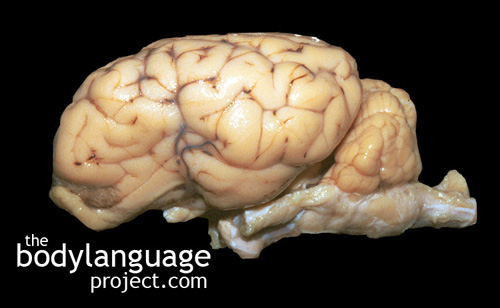Machines That Detect Lies – When All Else Fails Bring In The Machines
fMRI is the abbreviation for functional magnetic resonance imaging which enables researchers to create maps of the brain’s networks as it processes thoughts, sensations, memories, and motor commands. As our brains work, it requires blood to operate and the greater the work done, the more blood is required. What gives lies away is that certain areas of the brain “light” up through increased blood flow when lying take place. The job of the fMRI machine is to read this flow and decipher patterns. Regions of the brain that are used in lying include the anterior (front) cingulated which functions in process goals and intensions, the right orbital interior frontal which processes reward, and the right middle frontal that helps govern tasks that require more than just ordinary thought. It is these three brain centers working in concert that produce and also mask lies.
The fMRI measures blood flow and hence measures which areas of the brain are using up oxygen faster and are working harder. Proponents of fMRI machines in lie detection claim that if you can get hits in all three zones of the brain at the same time you can catch liars. In some studies lying has been detected in upwards of ninety-three percent success rate with the help of fMRI machines. However, the current methodologies of the study present some very big hurdlers before the machines can use the technology in lie detection. For example, small movements in the head or speaking aloud can disrupt the scan and produce unreadable information. The test also requires baseline procedures that compare deceptive thought patterns and honest thought patterns, both of which can be made troublesome by an uncooperative participant. The units are also expensive, bulky and require immersion into the unit which proves to be impractical under most circumstances.
A second more portable device is in creation that uses processes similar to fMRI except that it uses near-infrared light that pass through the forehead and skull but penetrates only the first few centimeters of cortical tissue. This also uses blood flow similar to the fMRI. Once it passes through it is captured by optical sensors and filtered. The unit is formed with a headband studded with LEDs and silicon diode sensors. Researchers were able to detect lying in a card game ninety-five percent of the time using these machines.
While blood flow to certain parts of the brain can be excellent predictors of lying, it does no help for us as human lie detectors since there are no direct body language cues as yet discovered that are tied directly to brain activity.


